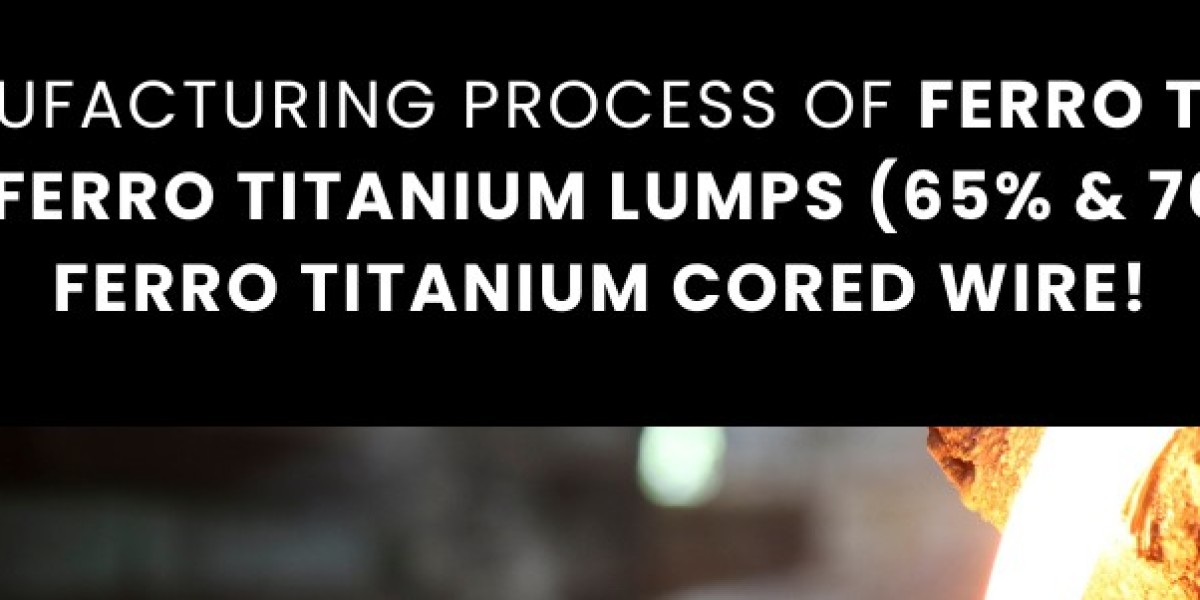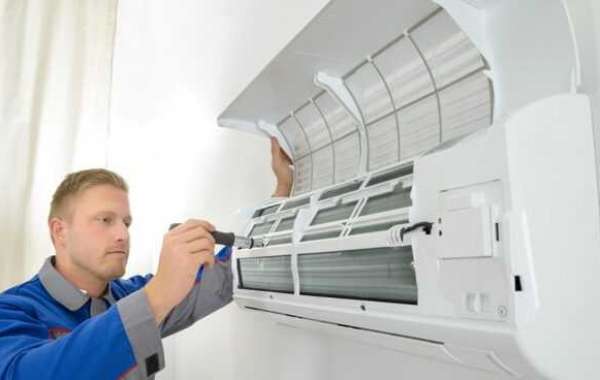Ferro Titanium alloys, Ferro Titanium lumps (65% & 70%), and Ferro Titanium cored wire are essential materials in the metallurgical industry, significantly enhancing the quality and performance of steel. These alloying agents improve corrosion resistance, refine grain structures, and boost mechanical properties, making them indispensable in modern steel production. The intricate manufacturing process behind these materials requires precision, high-quality raw materials, and strict quality control to ensure consistency and effectiveness. This article delves into the step-by-step production process of these crucial materials, highlighting their significance in industrial applications.
Manufacturing Process of Ferro Titanium Alloys
Ferro Titanium alloys are produced by combining iron and titanium, typically extracted from titanium-bearing ores like ilmenite or rutile. The process involves several key steps:
1. Raw Material Selection
The first step in producing Ferro Titanium alloys is selecting high-quality raw materials. Titanium-bearing ores and titanium scrap (such as machine turnings or sponge titanium) are commonly used. The iron source usually comes from scrap steel or iron oxides.
2. Smelting in an Electric Arc Furnace (EAF)
The selected raw materials are charged into an electric arc furnace (EAF), where they are melted at extremely high temperatures (1,500–1,800°C). During this process:
The titanium reacts with iron, forming an alloy.
Impurities such as sulfur and phosphorus are reduced to ensure a high-purity product.
Alloy composition is controlled to achieve the desired percentage of titanium.
3. Refining and Casting
Once the desired composition is achieved, the molten alloy is refined further to remove remaining impurities. The liquid metal is then cast into molds or cooled to form solid Ferro Titanium alloys.
4. Crushing and Sizing
After solidification, the alloy is crushed into different sizes to meet customer requirements. The material is then screened and classified based on particle size, ensuring uniformity in its application.
Manufacturing Process of Ferro Titanium Lumps (65% & 70%)
Ferro Titanium lumps (65% & 70%) are a specific grade of Ferro Titanium alloys used as deoxidizers and grain refiners in steel production. Their manufacturing follows a similar process with additional precision to ensure consistency in composition.
1. Controlled Alloying
The smelting process is carefully monitored to maintain the titanium content at either 65% or 70%. This ensures optimal performance when added to steel during the refining stage.
2. Cooling and Solidification
The molten Ferro Titanium is poured into molds or cooled on metal plates. This rapid cooling process helps maintain the required chemical properties.
3. Breaking and Sizing
The solidified lumps are mechanically broken down into smaller sizes. These pieces are then screened and sorted to provide uniform lump sizes for industrial use.
Manufacturing Process of Ferro Titanium Cored Wire
Ferro Titanium cored wire is widely used in steelmaking for controlled addition of titanium, ensuring uniform distribution within molten metal. The manufacturing process involves several steps:
1. Preparation of Ferro Titanium Powder
Ferro Titanium is first ground into fine powder to facilitate its use in cored wire applications. This powder is precisely graded to ensure consistent particle size and composition.
2. Wire Sheathing
A thin steel strip is fed into a forming machine where it is shaped into a tube. The Ferro Titanium powder is then filled into this hollow tube.
3. Sealing and Rolling
The tube is tightly sealed by rolling it into a compact wire form, ensuring the Ferro Titanium powder remains contained within.
4. Quality Testing and Packaging
The final cored wire undergoes rigorous testing to ensure:
Accurate Ferro Titanium content.
Proper wire diameter and consistency.
Optimal performance in steelmaking applications.
Once quality standards are met, the wire is coiled and packaged for distribution.
Conclusion
The manufacturing of Ferro Titanium alloys, Ferro Titanium lumps (65% & 70%), and Ferro Titanium cored wire is a highly specialized process requiring precision, high-quality raw materials, and strict quality control. These materials play an essential role in improving steel properties, making them indispensable in the metallurgical industry. By understanding their production process, industries can ensure they use the highest-quality materials for optimal results in steel manufacturing and foundry applications.
#ferrotitaniumcoredwire #ferrotitaniumlumps #ferrotitaniumalloys #ferrotitanium













